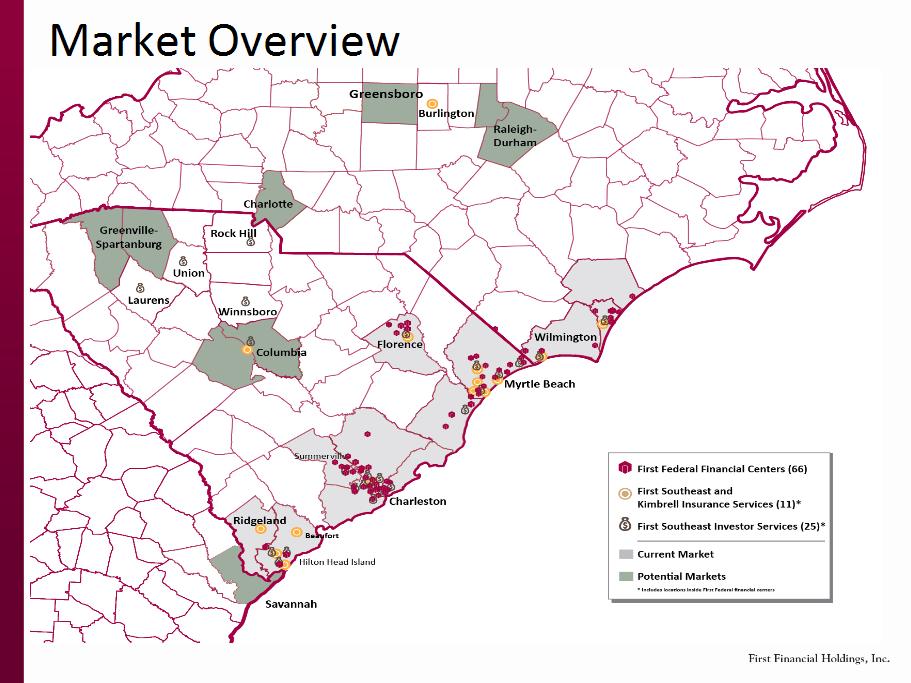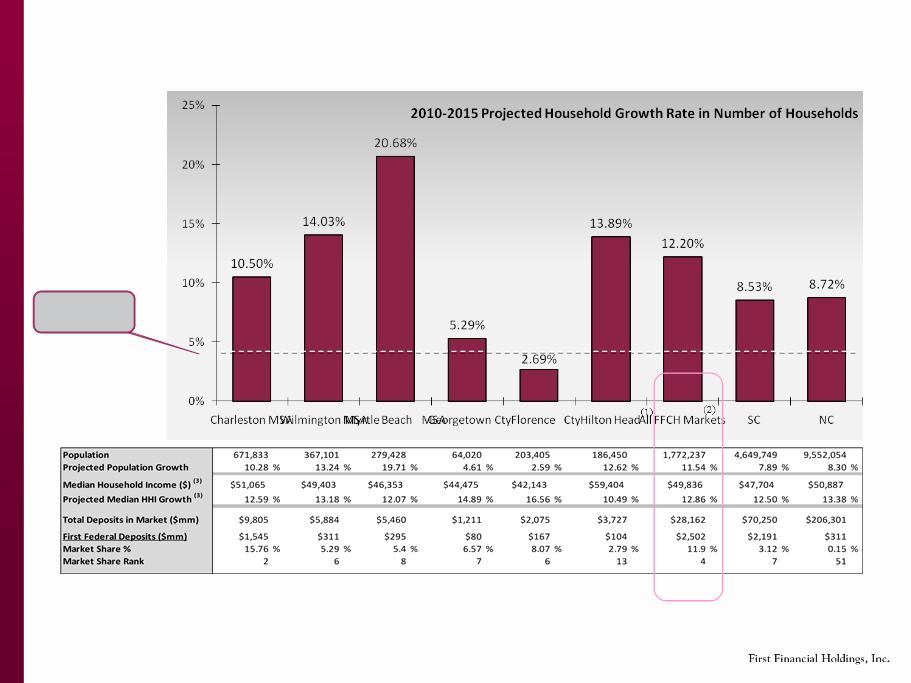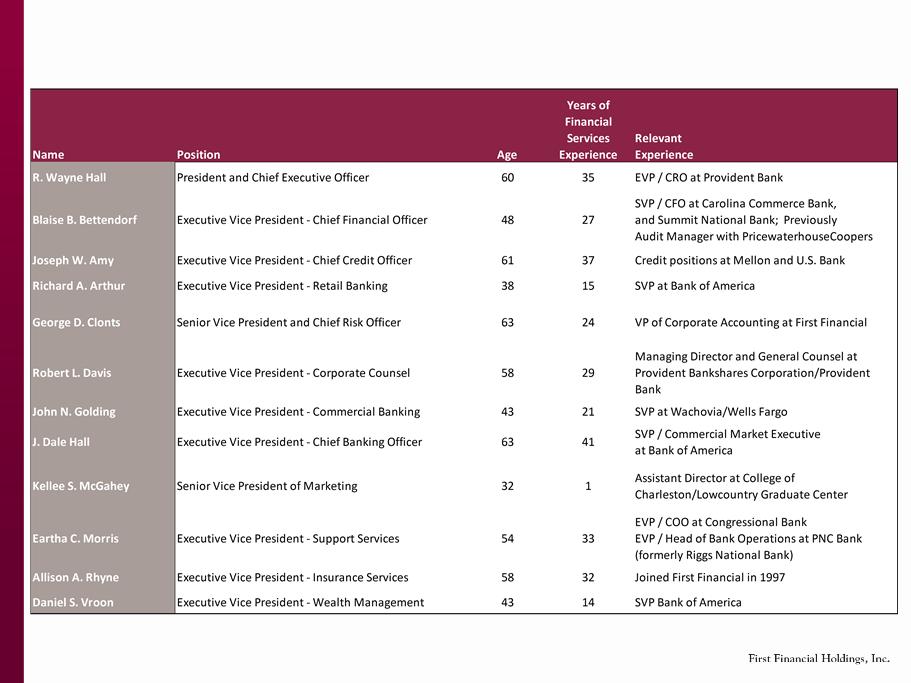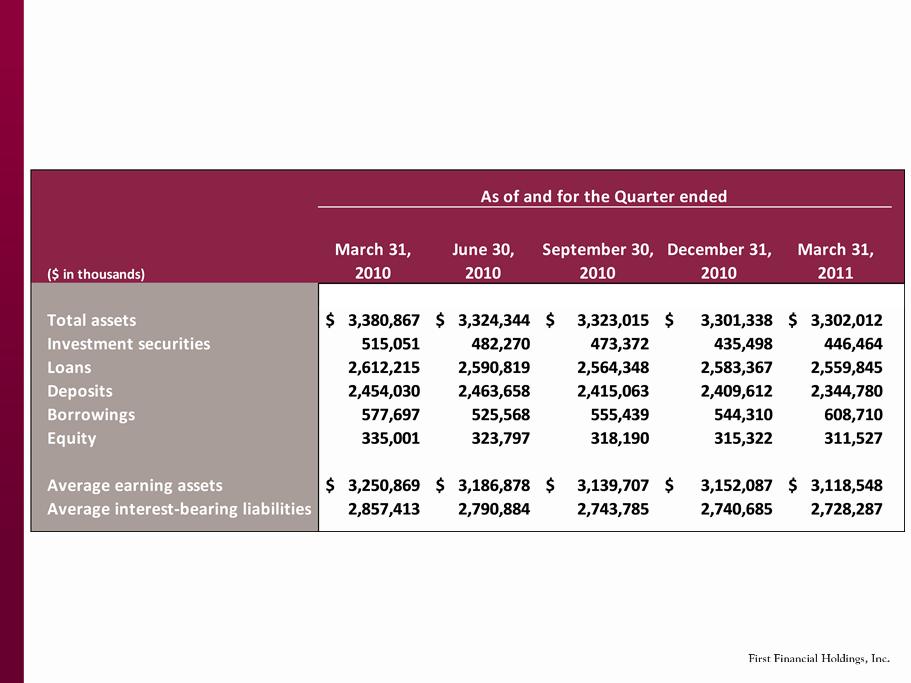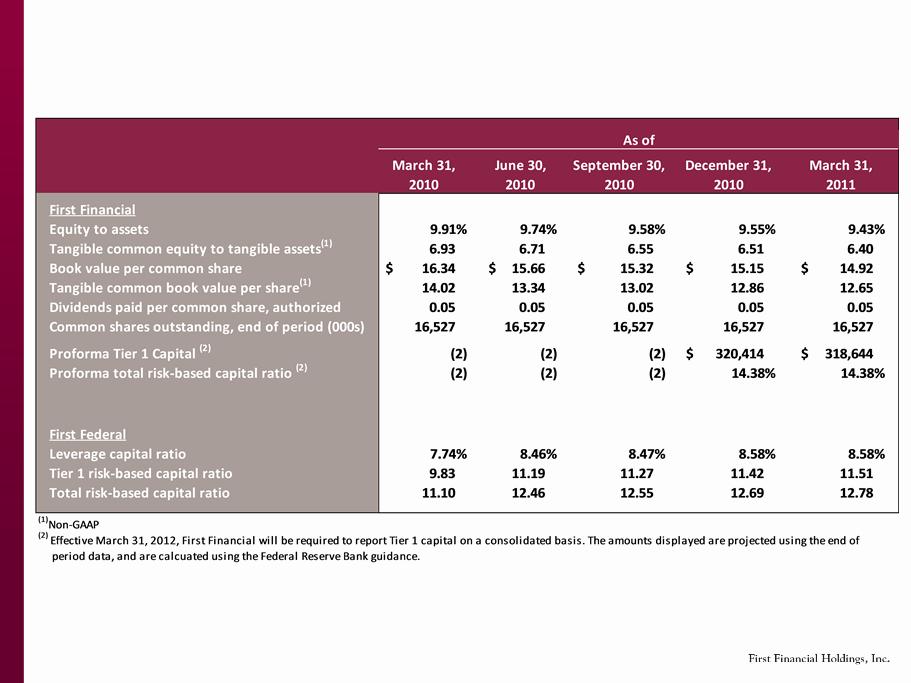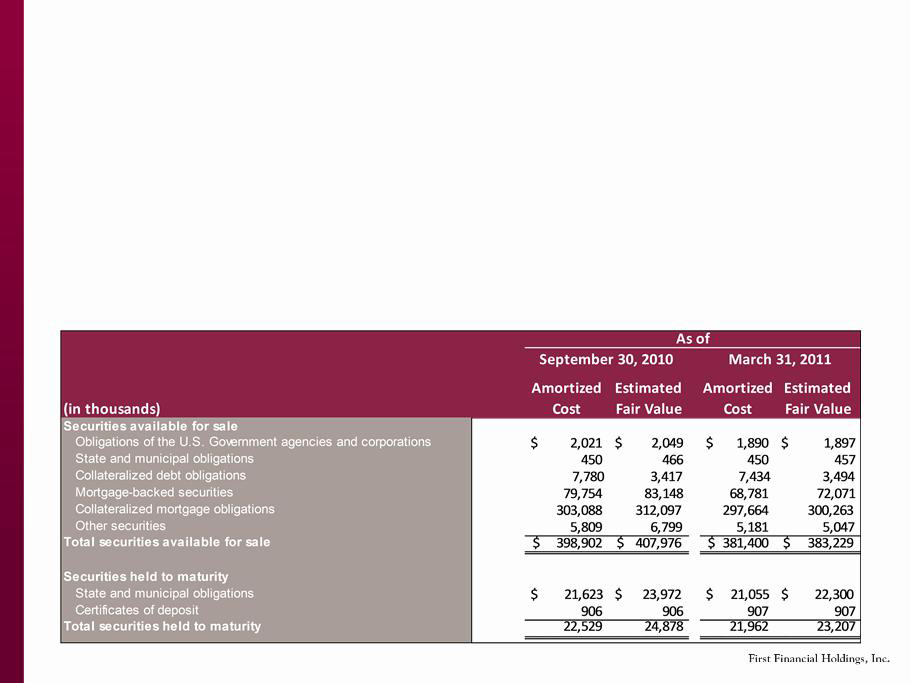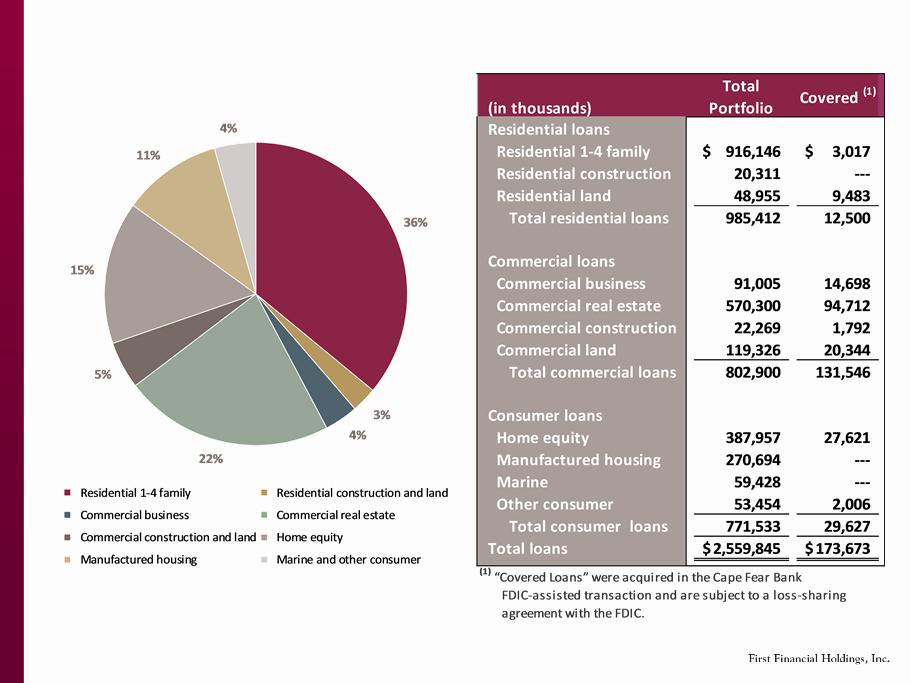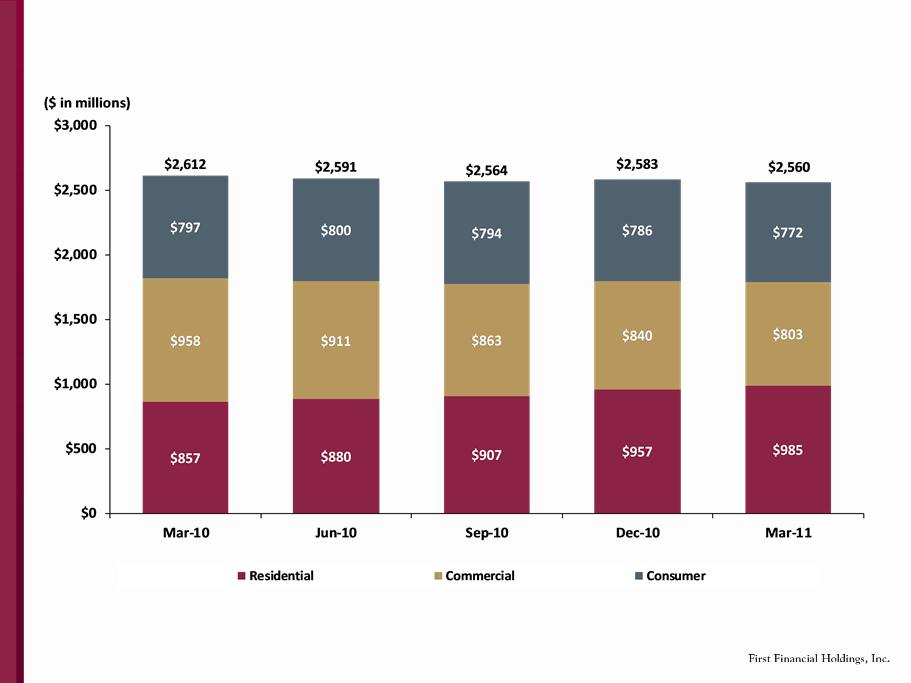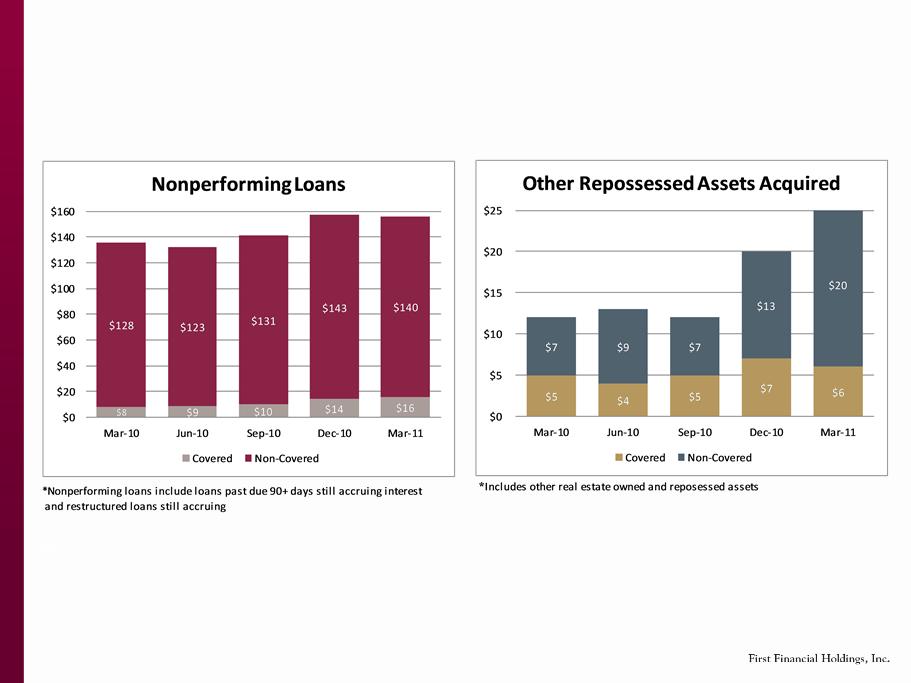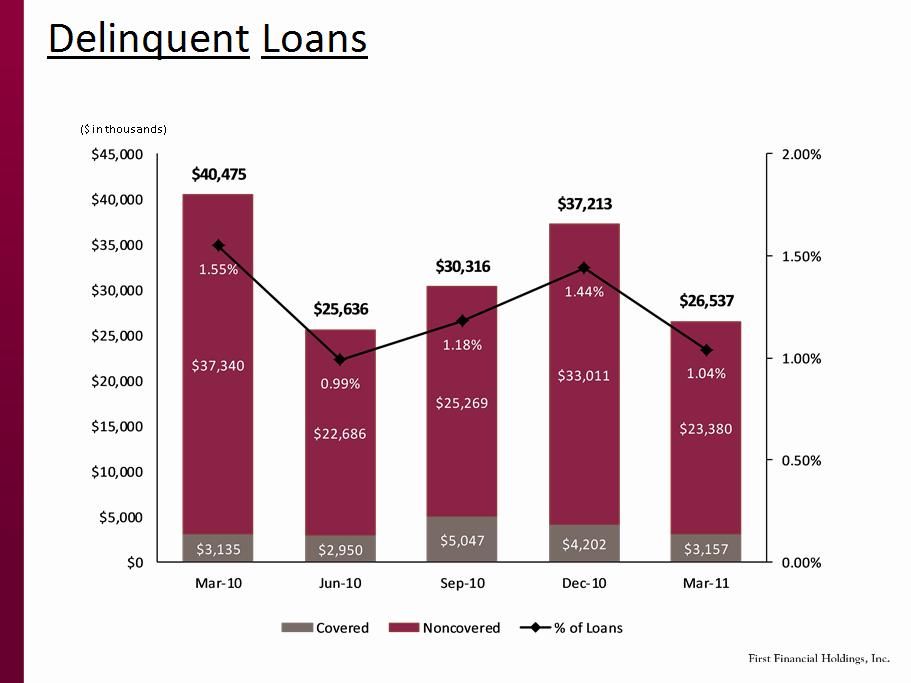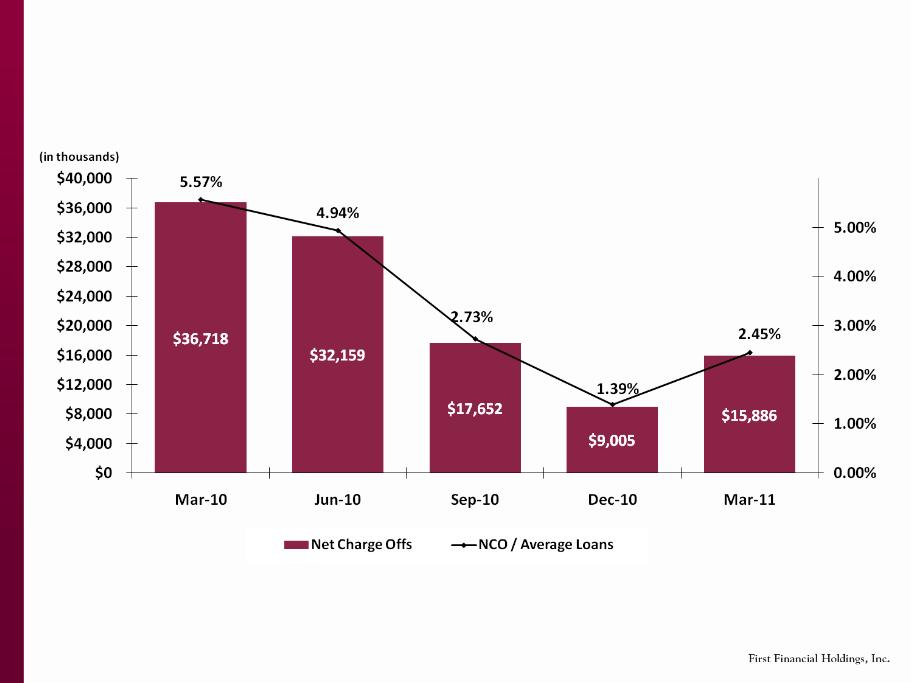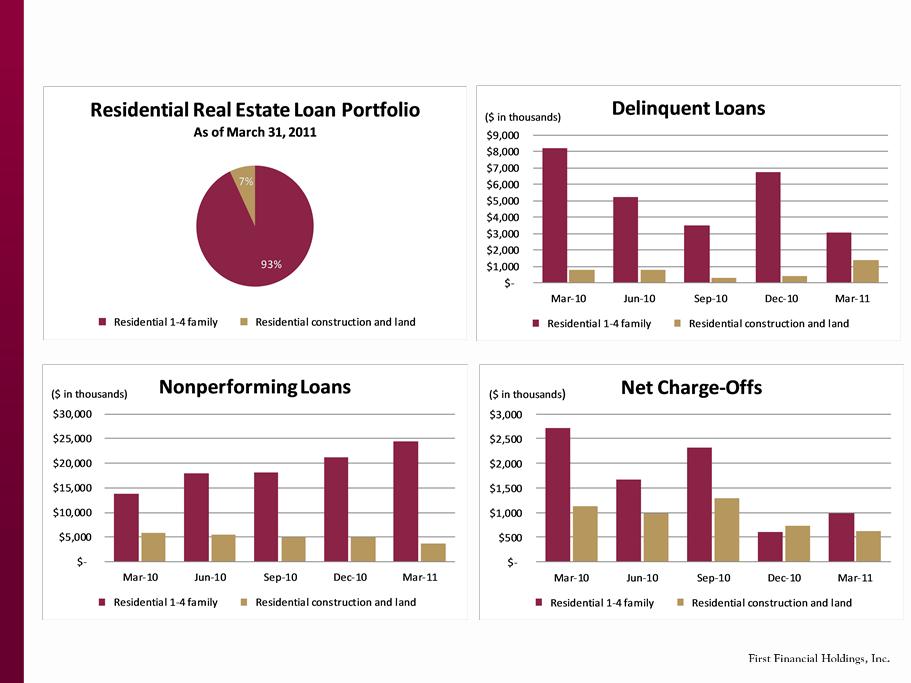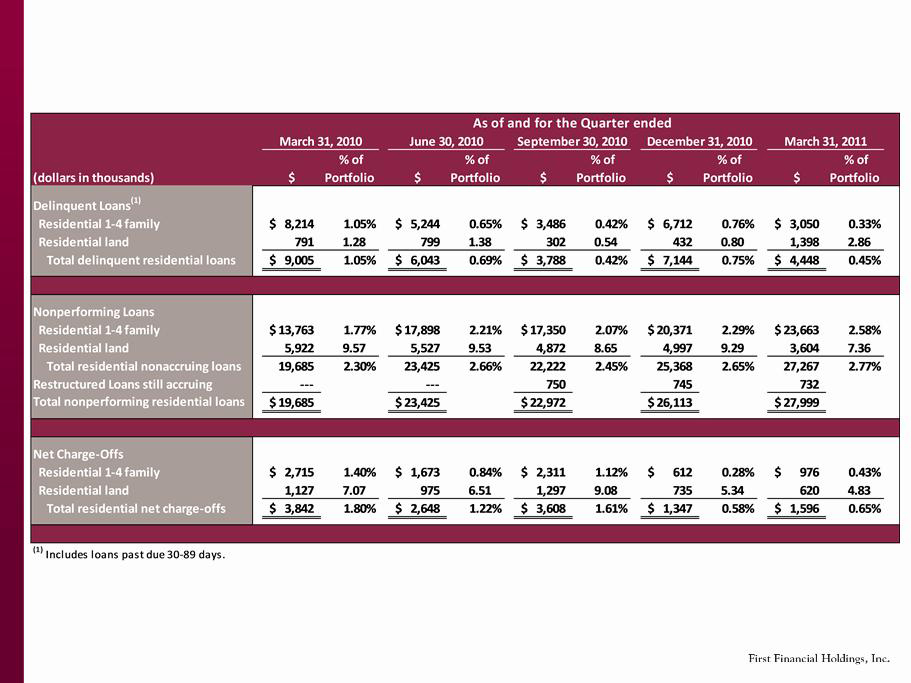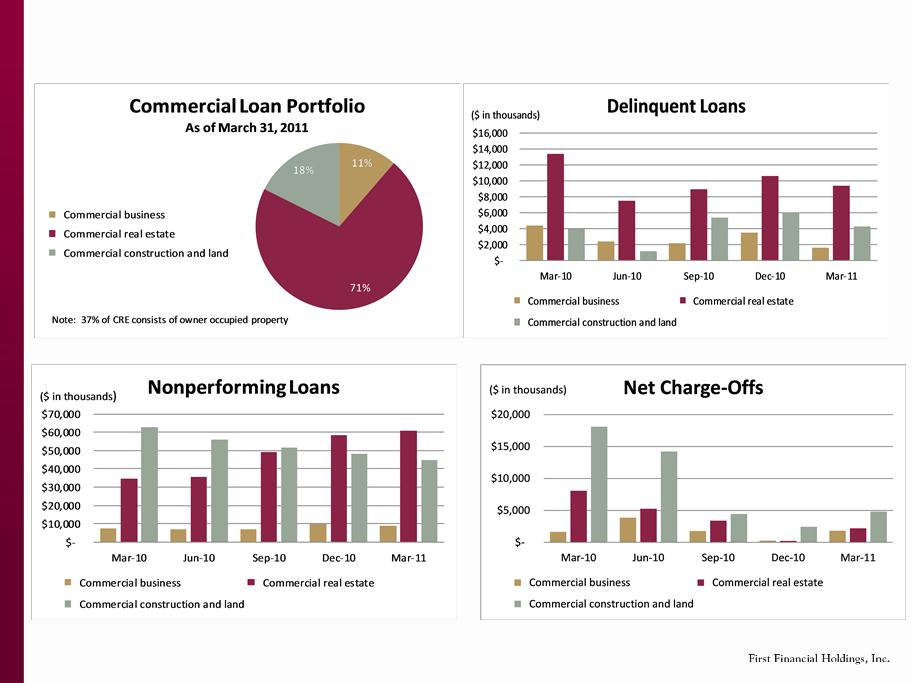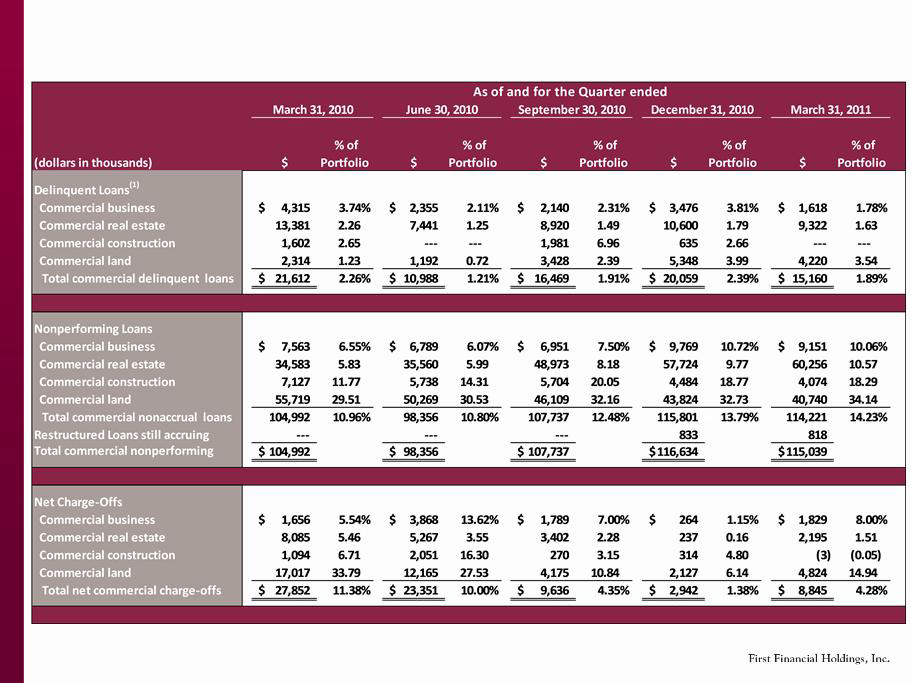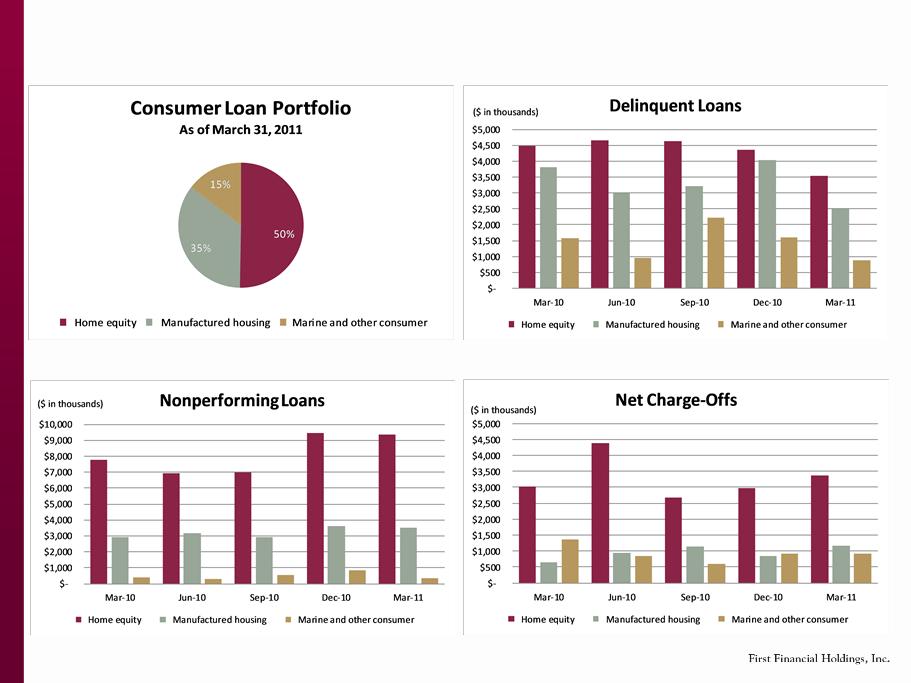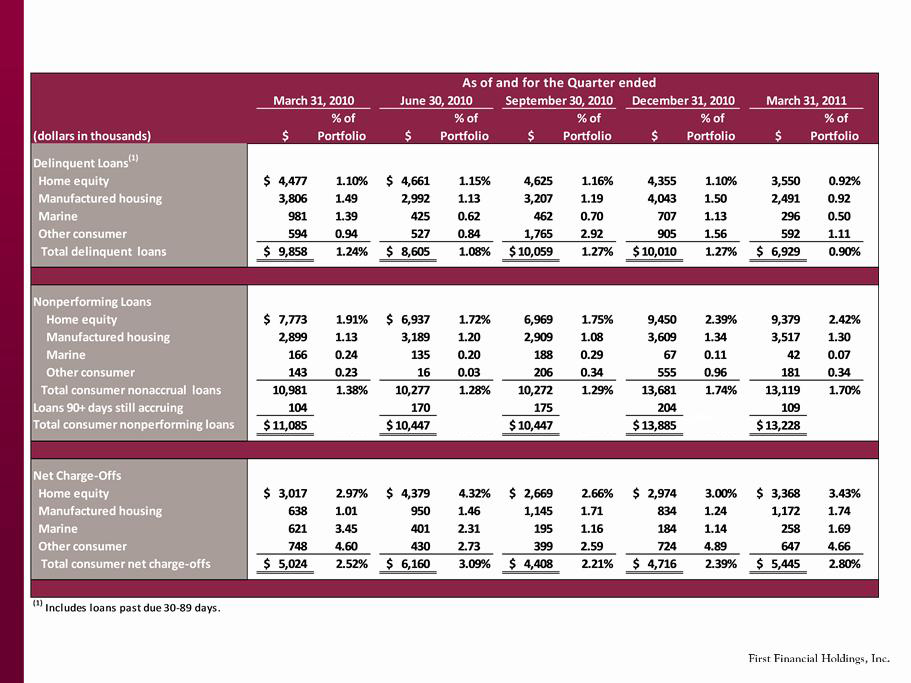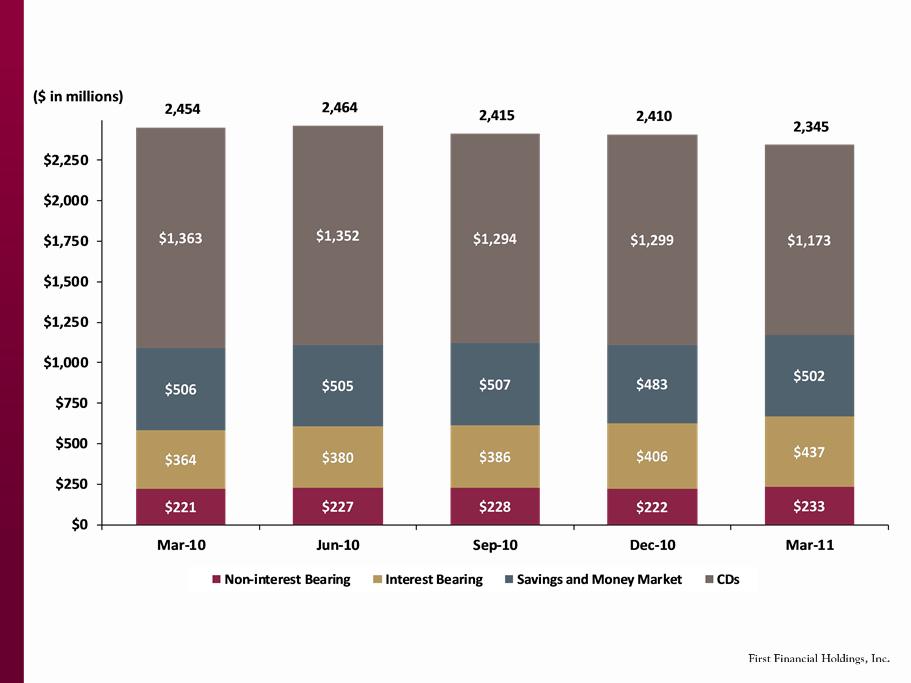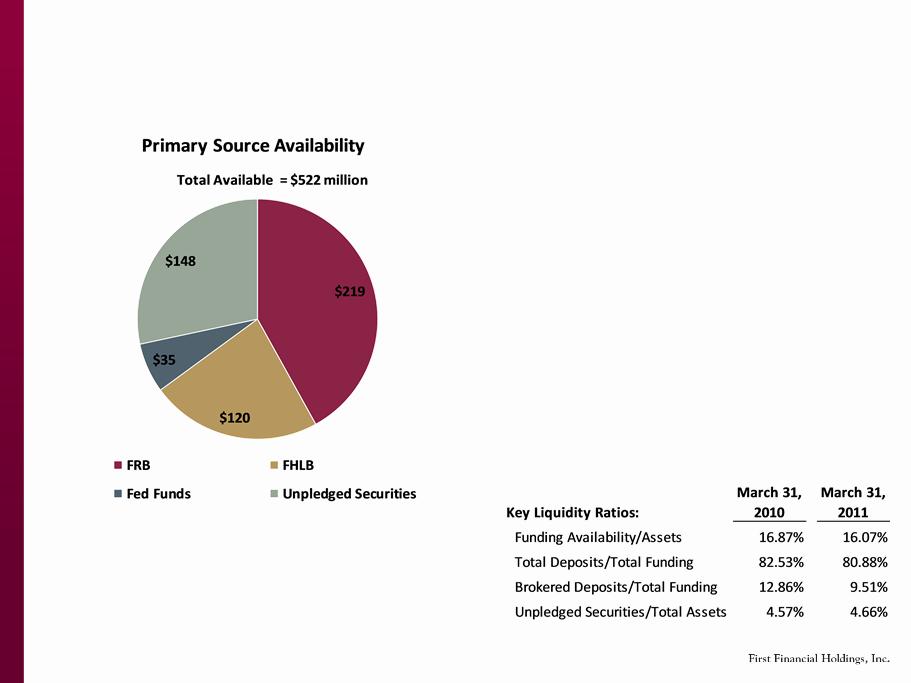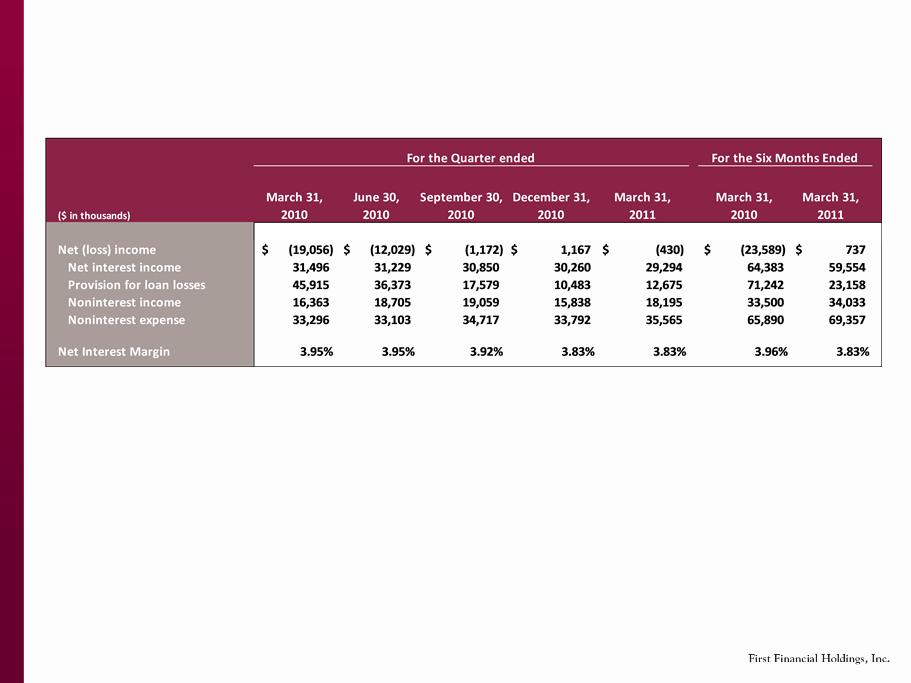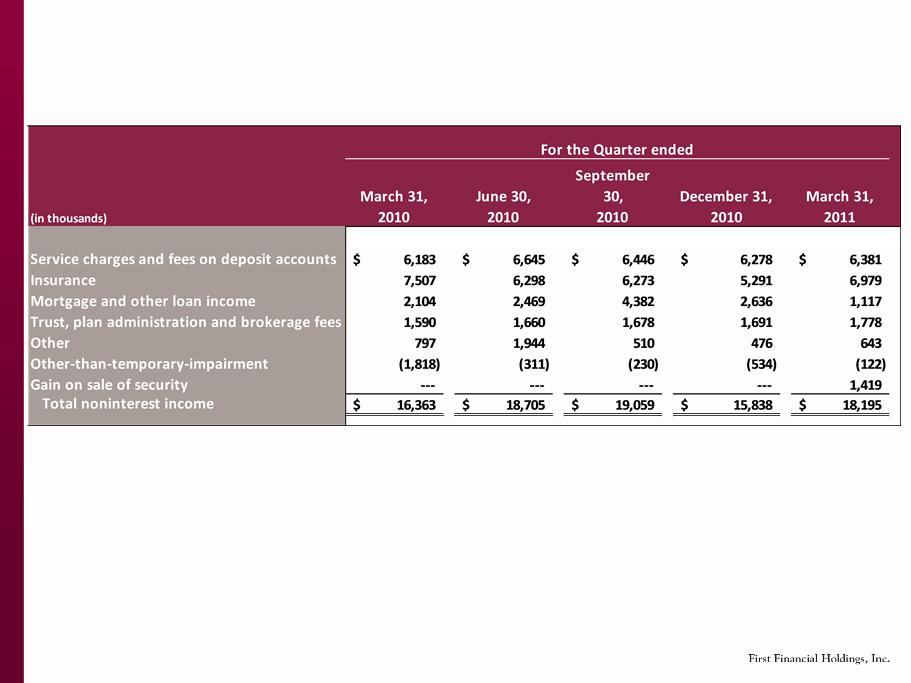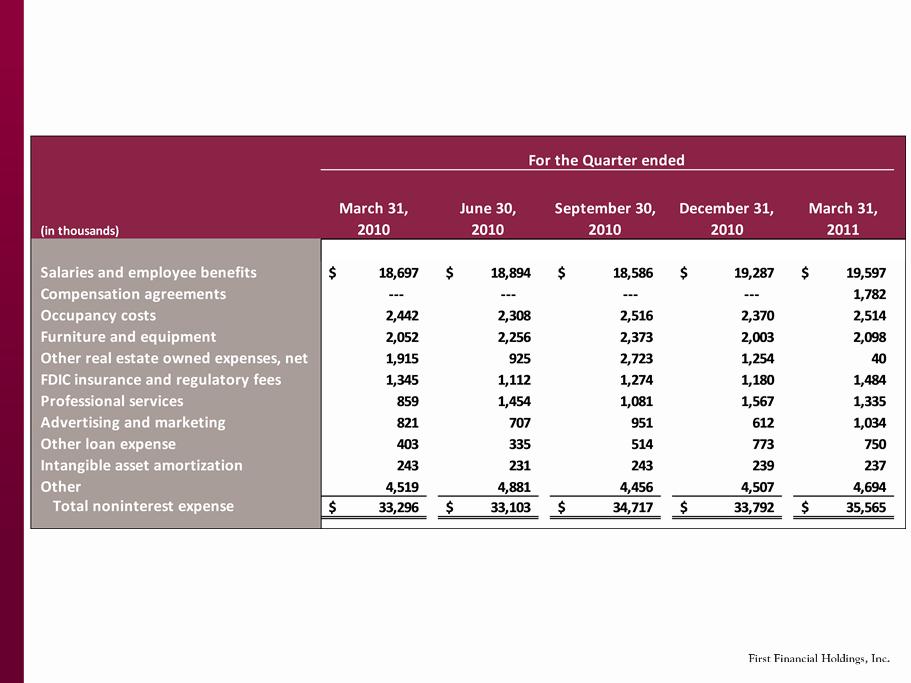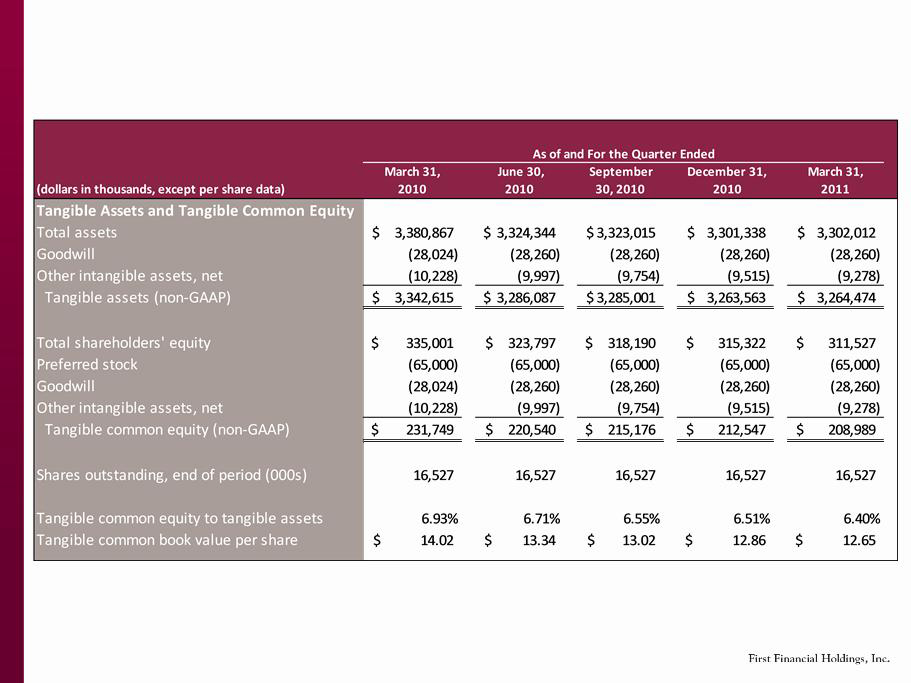2
The Private Securities Litigation Report Act of 1995 provides a "safe harbor" for certain forward-looking statements. This presentation contains forward-looking
statements with respect to the Company’s financial condition, results of operations, plans, objectives, future performance or business. These forward-looking
statements are subject to certain risks and uncertainties, including those identified below, which could cause future results to differ materially from historical
results or those anticipated. The words "believe," "expect," "anticipate," "intend," "estimate," "goals," "would," "could," "should" and other expressions which
indicate future events and trends identify forward-looking statements. We caution readers not to place undue reliance on these forward-looking statements,
which is based only on information actually known to the Company, speak only as of their dates, and if no date is provided, then such statements speak only as of
today.
There are a number important factors that could cause future results to differ materially from historical results or those anticipated, including, but not limited to:
the credit risks of lending activities, including changes in the level and trend of loan delinquencies and write-offs and changes in our allowance for loan losses and
provision for loan losses that may be impacted by deterioration in the housing and commercial real estate markets; changes in general economic conditions,
either nationally or in our market areas; changes in the levels of general interest rates, and the relative differences between short and long term interest rates,
deposit interest rates, our net interest margin and funding sources; fluctuations in the demand for loans, the number of unsold homes, land and other properties
and fluctuations in real estate values in our market areas; the accuracy of the results of our internal stress test and the assumptions we used to derive such
results; results of examinations of us by the Office of Thrift Supervision or the Federal Deposit Insurance Corporation or other regulatory authorities, including
the possibility that any such regulatory authority may, among other things, require us to increase our reserve for loan losses, write-down assets, change our
regulatory capital position or affect our ability to borrow funds or maintain or increase deposits, which could adversely affect our liquidity and earnings;
legislative or regulatory changes that adversely affect our business including changes in regulatory policies and principles, or the interpretation of regulatory
capital or other rules; further increases in premiums for deposit insurance; our ability to control operating costs and expenses; the use of estimates in
determining fair value of certain of our assets, which estimates may prove to be incorrect and result in significant declines in valuation; difficulties in reducing
risk associated with the loans on our balance sheet; staffing fluctuations in response to product demand or the implementation of corporate strategies that
affect our workforce and potential associated charges; computer systems on which we depend could fail or experience a security breach; our ability to retain key
members of our senior management team; costs and effects of litigation, including settlements and judgments; our ability to implement our branch expansion
strategy; our ability to successfully integrate any assets, liabilities, customers, systems, and management personnel we have acquired or may in the future
acquire into our operations and our ability to realize related revenue synergies and cost savings within expected time frames and any goodwill charges related
thereto; changes in premiums or claims that adversely affect our insurance segment; increased competitive pressures among financial services companies;
changes in consumer spending, borrowing and savings habits; the availability of resources to address changes in laws, rules, or regulations or to respond to
regulatory actions; our ability to pay dividends on our common stock; adverse changes in the securities markets; inability of key third-party providers to perform
their obligations to us; changes in accounting policies and practices, as may be adopted by the financial institution regulatory agencies or the Financial
Accounting Standards Board, including additional guidance and interpretation on accounting issues and details of the implementation of new accounting
methods; other economic, competitive, governmental, regulatory, and technological factors affecting our operations, pricing, products and services; future
legislative changes in the TARP Capital Purchase Program and other risks described elsewhere in the Company’s reports filed with the Securities and Exchange
Commission, including the 2010 annual Report on Form 10-K for the fiscal year ended September, 2010, the Company’s quarterly reports on Form 10-Q, other
documents and the prospectus supplement filed with the SEC on September 21, 2009.
Forward-looking Statements



